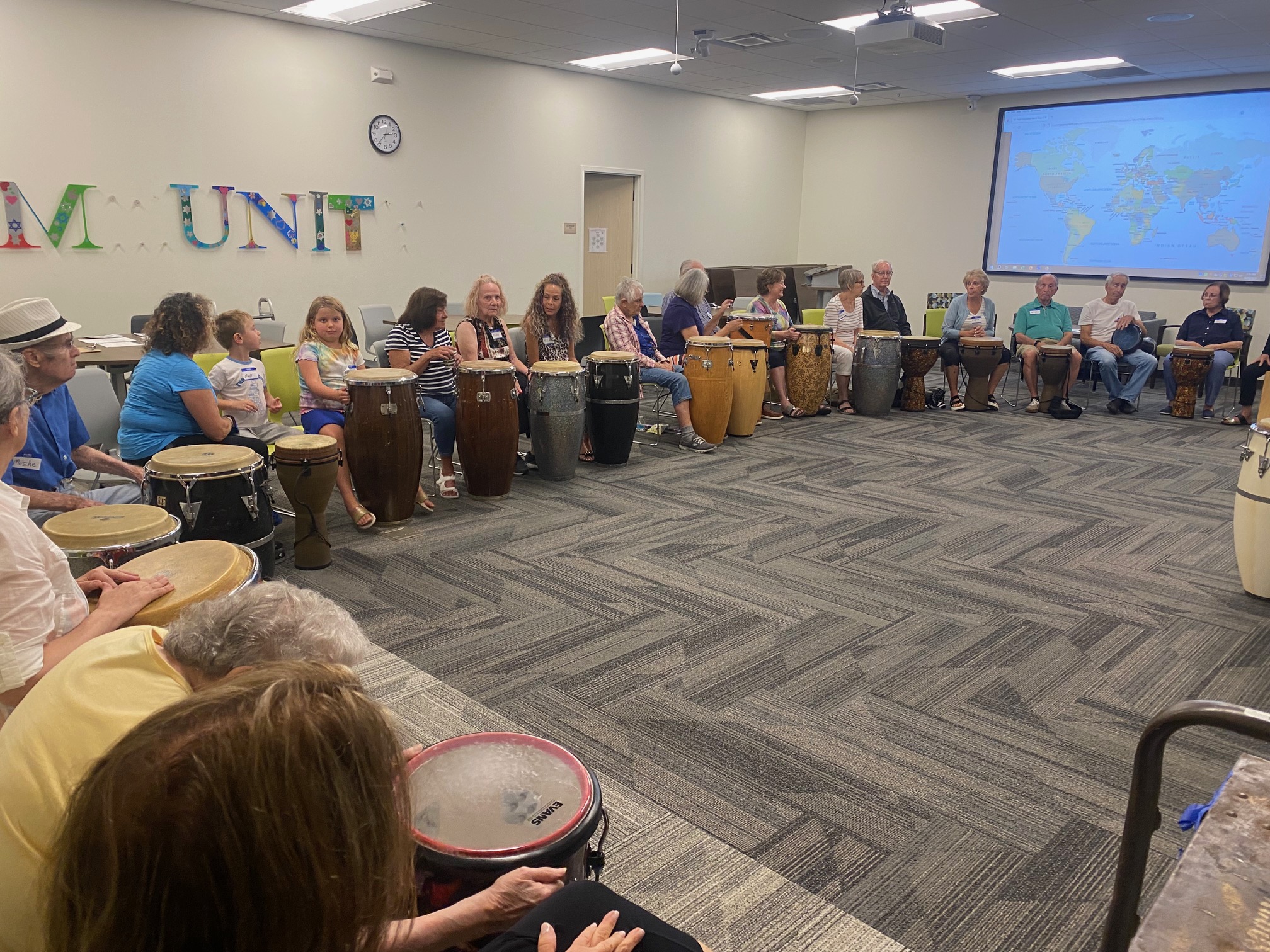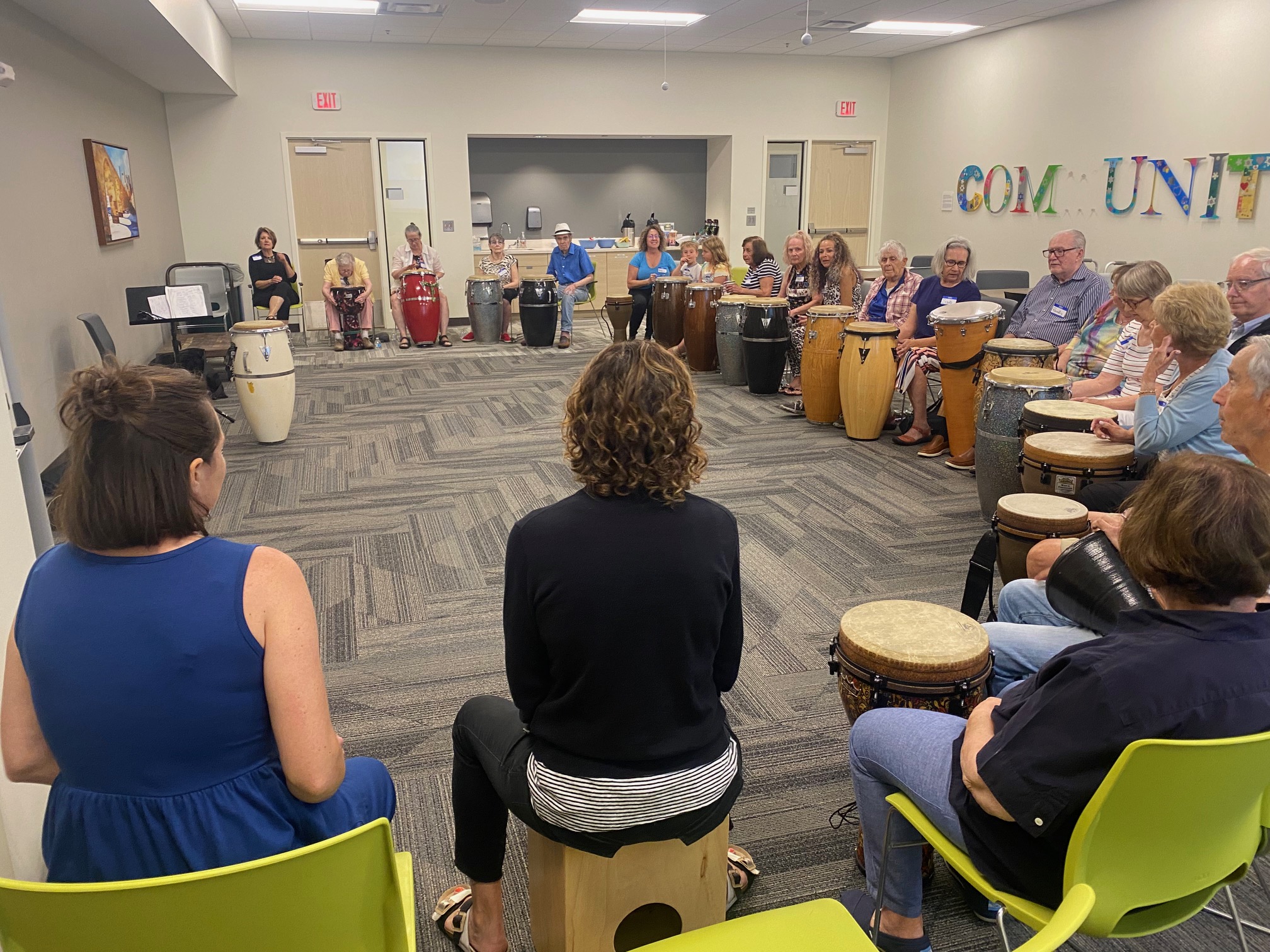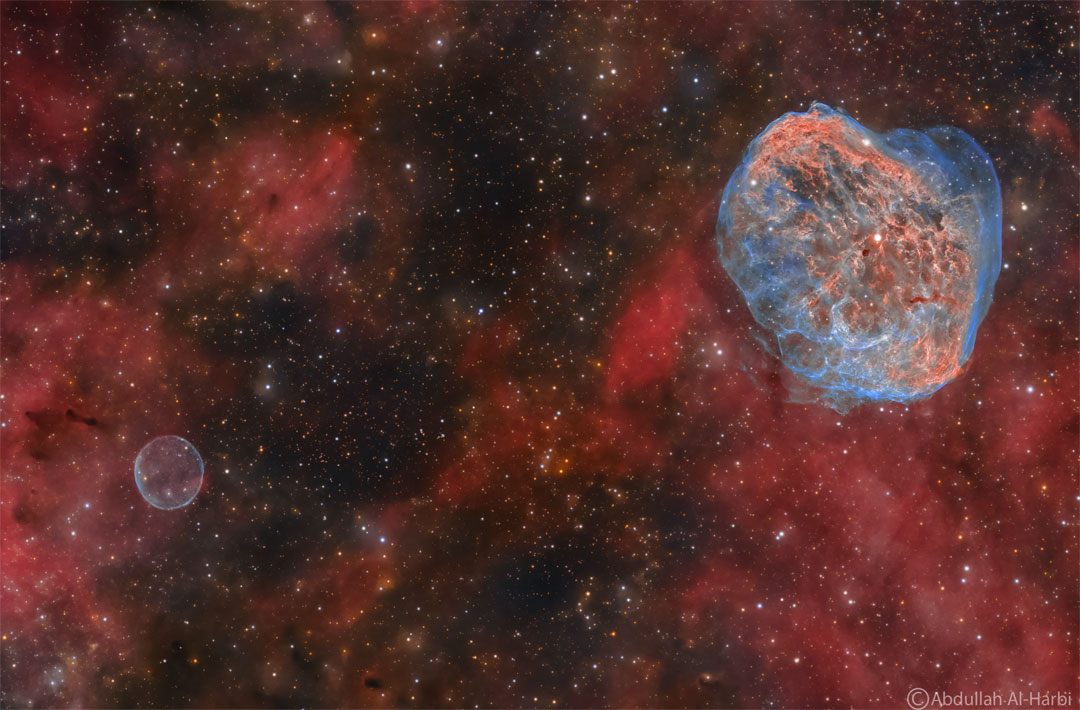Blog
Christine Ellen Hynde (born September 7, 1951) is an American-British musician. She is a founding member and the lead vocalist, guitarist, and primary songwriter of the rock band the Pretenders, and one of the band’s two remaining original members alongside drummer Martin Chambers. She is the only continuous member of the band, appearing on every studio album.
Hynde formed the Pretenders in Hereford, England in 1978, with Pete Farndon, James Honeyman-Scott and Chambers. She has also recorded a number of songs with other musicians including Frank Sinatra, Cher and UB40. She recorded her first solo album, Stockholm, in 2014. Hynde was inducted into the Rock and Roll Hall of Fame in 2005 as a member of the Pretenders.
Hynde was born in Akron, Ohio, the daughter of a part-time secretary and a Yellow Pages manager. She graduated from Firestone High School in Akron, but stated that “I was never too interested in high school. I mean, I never went to a dance, I never went out on a date, I never went steady. It became pretty awful for me. Except, of course, I could go see bands, and that was the kick. I used to go to Cleveland just to see any band. So I was in love a lot of the time, but mostly with guys in bands that I had never met. For me, knowing that Brian Jones was out there, and later that Iggy Pop was out there, made it kind of hard for me to get too interested in the guys that were around me. I had, uh, bigger things in mind.
more...Alexander Emil Caiola (September 7, 1920 – November 9, 2016) was an American guitarist, composer and arranger, who spanned a variety of music genres including jazz, country, rock, and pop. He recorded over fifty albums and worked with some of the biggest names in music during the 20th century, including Elvis Presley, Ray Conniff, Ferrante & Teicher, Frank Sinatra, Percy Faith, Buddy Holly, Mitch Miller, and Tony Bennett.
During World War II Caiola played with the United States Marine Corps 5th Marine Division Band that also included Bob Crosby. Caiola served in the Battle of Iwo Jima as a stretcher bearer.
Caiola was a studio musician in the 1950s in New York City. He released some minor records under his own name in that decade. In addition, he performed under the musical direction of John Serry Sr. on an album for Dot Records in 1956 (Squeeze Play).
more...
Walter Theodore “Sonny” Rollins (born September 7, 1930) is an American jazz tenor saxophonistwho is widely recognized as one of the most important and influential jazz musicians. In a seven-decade career, he has recorded over sixty albums as a leader. A number of his compositions, including “St. Thomas“, “Oleo“, “Doxy“, and “Airegin“, have become jazz standards. Rollins has been called “the greatest living improviser”.
Rollins was born in New York City to parents from the Virgin Islands. The youngest of three siblings, he grew up in central Harlem and on Sugar Hill, receiving his first alto saxophone at the age of seven or eight. He attended Edward W. Stitt Junior High School and graduated from Benjamin Franklin High School in East Harlem. Rollins started as a pianist, changed to alto saxophone, and finally switched to tenor in 1946. During his high school years, he played in a band with other future jazz legends Jackie McLean, Kenny Drew, and Art Taylor.
more...Charles Hardin Holley (September 7, 1936 – February 3, 1959), known as Buddy Holly, was an American singer and songwriter who was a central and pioneering figure of mid-1950s rock and roll. He was born to a musical family in Lubbock, Texas, during the Great Depression, and learned to play guitar and sing alongside his siblings. Holly’s style was influenced by gospel music, country music, and rhythm and blues acts, which he performed in Lubbock with his friends from high school.
Holly made his first appearance on local television in 1952, and the following year he formed the group “Buddy and Bob” with his friend Bob Montgomery. In 1955, after opening for Elvis Presley, Holly decided to pursue a career in music. He opened for Presley three times that year; his band’s style shifted from country and western to entirely rock and roll. In October that year, when Holly opened for Bill Haley & His Comets, he was spotted by Nashville scout Eddie Crandall, who helped him get a contract with Decca Records.
Holly’s recording sessions at Decca were produced by Owen Bradley, who had become famous for producing orchestrated country hits for stars like Patsy Cline. Unhappy with Bradley’s musical style and control in the studio, Holly went to producer Norman Petty in Clovis, New Mexico, and recorded a demo of “That’ll Be the Day“, among other songs. Petty became the band’s manager and sent the demo to Brunswick Records, which released it as a single credited to The Crickets, which became the name of Holly’s band. In September 1957, as the band toured, “That’ll Be the Day” topped the US and UK singles charts. Its success was followed in October by another major hit, “Peggy Sue.”
The album The “Chirping” Crickets, released in November 1957, reached number five on the UK Albums Chart. Holly made his second appearance on The Ed Sullivan Show in January 1958 and soon after toured Australia and then the UK. In early 1959, he assembled a new band, consisting of future country music star Waylon Jennings (bass), famed session musician Tommy Allsup (guitar), and Carl Bunch (drums), and embarked on a tour of the midwestern US. After a show in Clear Lake, Iowa, Holly chartered an airplane to travel to his next show in Moorhead, Minnesota. Soon after takeoff, the plane crashed, killing Holly, Ritchie Valens, The Big Bopper, and pilot Roger Peterson in a tragedy later referred to by Don McLean as “The Day the Music Died” in his song “American Pie.”
During his short career, Holly wrote and recorded many songs. He is often regarded as the artist who defined the traditional rock-and-roll lineup of two guitars, bass, and drums. Holly was a major influence on later popular music artists, including Bob Dylan, The Beatles, The Rolling Stones, Eric Clapton, The Hollies, Elvis Costello, Dave Edmunds, Marshall Crenshaw, and Elton John. Holly was among the first artists inducted into the Rock and Roll Hall of Fame, in 1986. Rolling Stone magazine ranked him number 13 in its list of “100 Greatest Artists” in 2010.
more...

As stars die, they create clouds. Two stellar death clouds of gas and dust can be found toward the high-flying constellation of the Swan (Cygnus) as they drift through rich star fields in the plane of our Milky Way Galaxy. Caught here within the telescopic field of view are the Soap Bubble (lower left) and the Crescent Nebula (upper right). Both were formed at the final phase in the life of a star. Also known as NGC 6888, the Crescent Nebula was shaped as its bright, central massive Wolf-Rayet star, WR 136, shed its outer envelope in a strong stellar wind. Burning through fuel at a prodigious rate, WR 136 is near the end of a short life that should finish in a spectacular supernovaexplosion. Discovered in 2013, the Soap Bubble Nebula is likely a planetary nebula, the final shroud of a lower mass, long-lived, Sun-like star destined to become a slowly cooling white dwarf. Both stellar nebulas are about 5,000 light-years distant, with the larger Crescent Nebula spanning about 25 light-years across. Within a few million years, both will likely have dispersed.

George Roger Waters (born 6 September 1943) is an English musician. In 1965, he co-founded the rock band Pink Floyd as the bassist. Following the departure of the songwriter, Syd Barrett, in 1968, Waters became Pink Floyd’s lyricist, co-lead vocalist and conceptual leader until his departure in 1985.
Pink Floyd achieved international success with the concept albums The Dark Side of the Moon (1973), Wish You Were Here (1975), Animals (1977), The Wall (1979), and The Final Cut (1983). By the early 1980s, they had become one of the most critically acclaimed and commercially successful groups in popular music. Amid creative differences, Waters left in 1985 and began a legal dispute over the use of the band’s name and material. They settled out of court in 1987. Waters’s solo work includes the studio albums The Pros and Cons of Hitch Hiking (1984), Radio K.A.O.S. (1987), Amused to Death (1992), and Is This the Life We Really Want? (2017). In 2005, he released Ça Ira, an opera translated from Étienne and Nadine Roda-Gils’ librettoabout the French Revolution.
In 1990, Waters staged one of the largest rock concerts in history, The Wall – Live in Berlin, with an attendance of 450,000. As a member of Pink Floyd, he was inducted into the US Rock and Roll Hall of Famein 1996 and the UK Music Hall of Fame in 2005. Later that year, he reunited with Pink Floyd for the Live 8global awareness event, the group’s only appearance with Waters since 1981. He has toured extensively as a solo act since 1999. He performed The Dark Side of the Moon for his world tour of 2006–2008, and the Wall Live tour of 2010–2013 was the highest-grossing tour by a solo artist at the time.
Waters incorporates political themes in his work and has drawn controversy for his views, mainly his views on the Israeli–Palestinian conflict. He called for the removal of the Israeli West Bank Barrier and supports the Boycott, Divestment and Sanctions movement. He has likened Israel to Nazi Germany and described its treatment of Palestinians as apartheid. He has dismissed accusations of antisemitism against him as a conflation with anti-Zionism.
more...Charles Moffett (September 6, 1929 – February 14, 1997) was an American free jazz drummer.
Moffett was born in Fort Worth, Texas, where he attended I.M. Terrell High School with Ornette Coleman. Before switching to drums, Moffett began his musical career as a trumpeter. At age 13, he played trumpet with Jimmy Witherspoon, and later formed a band, the Jam Jivers, with fellow students Coleman and Prince Lasha. After switching to drums, Moffett briefly performed with Little Richard.
Moffett served in the United States Navy, after which he pursued boxing before studying music at Huston-Tillotson College in Austin. Moffett married in 1953 (Coleman was best man, and performed at the wedding), then began teaching music at a public school in Rosenberg, Texas
In 1961, Moffett moved to New York City to work with Ornette Coleman, but the saxophonist soon went into a brief retirement period. Moffett worked with Sonny Rollins, appeared on Archie Shepp‘s album Four for Trane, and led a group that included Pharoah Sanders and Carla Bley. When Coleman returned to performing in 1964, he formed a trio with Moffett and bassist David Izenzon. Moffett also performed on vibraphone.
Moffett began teaching music at New York Public Schools as a way to make ends meet when Coleman made only sporadic performances. Moffett taught at P.S. 58 (Carrol School) in Brooklyn and at P.S. 177 M (under the Manhattan Bridge and now defunct). He also taught at a Brooklyn High School. Moffett moved to Oakland, California, where he served as the city’s music director, and was later the principal of the alternative Odyssey public school in Berkeleyin the mid-1970s. The title of his first solo album The Gift is a reference to his love of teaching music. His then 7-year-old son Codaryl played drums on that album. Moffett later returned to Brooklyn, NY and taught at P.S. 142 Stranahan Junior High School (Closed in 2006) and at P.S. 58 Carroll School.
His children are double bassist Charnett Moffett, drummer Codaryl “Cody” Moffett, vocalist Charisse Moffett, trumpeter Mondre Moffett, and saxophonist Charles Moffett, Jr
more...Edward Lozano Duran (September 6, 1925 – November 22, 2019) was an American jazz guitarist from San Francisco. He recorded often with Vince Guaraldi and was a member of the Benny Goodman orchestra during the 1970s.
Duran started on piano at age seven and switched to guitar at 12. By fifteen he was performing professionally with jazz musicians who visited San Francisco in the 1940s and 1950s. He was in a trio with his brothers, Carlos Duran and Manny Duran, from 1948 to 1952. Beginning in the 1950s, he worked in San Francisco with Chet Baker, Charlie Parker, Red Norvo, George Shearing, and Flip Phillips.
s
more...
Mathis James Reed (September 6, 1925 – August 29, 1976) was an American blues musician and songwriter. His particular style of electric blues was popular with blues as well as non-blues audiences. Reed’s songs such as “Honest I Do” (1957), “Baby What You Want Me to Do” (1960), “Big Boss Man” (1961), and “Bright Lights, Big City” (1961) appeared on both Billboard magazine’s rhythm and blues and Hot 100singles charts.
Reed influenced other musicians, such as Elvis Presley, Hank Williams Jr., and the Rolling Stones, who recorded his songs. Music critic Cub Koda describes him as “perhaps the most influential bluesman of all,” due to his easily accessible style.
Reed was born in Dunleith, Mississippi, United States. He learned the harmonica and guitar from his friend Eddie Taylor. After several years of busking and performing there, he moved to Chicago, Illinois, in 1943.He was then drafted into the U.S. Navy and served in World War II. He was discharged in 1945 and returned briefly to Mississippi, marrying his girlfriend, Mary (henceforth known as Mama Reed). He then moved to Gary, Indiana, to work at an Armour meat-packing plant. Mama Reed was an uncredited background singer on many of his recordings, notably the hits “Baby What You Want Me to Do“, “Big Boss Man” and “Bright Lights, Big City“.
more...The graceful winding arms of the grand-design spiral galaxy M51 stretch across this image from the NASA/ESA/CSA James Webb Space Telescope. Unlike the menagerie of weird and wonderful spiral galaxies with ragged or disrupted spiral arms, grand-design spiral galaxies boast prominent, well-developed spiral arms like the ones showcased in this image. This galactic portrait was captured by Webb’s Mid-InfraRed Instrument (MIRI).
In this image the reprocessed stellar light by dust grains and molecules in the medium of the galaxy illuminate a dramatic filamentary medium. Empty cavities and bright filaments alternate and give the impression of ripples propagating from the spiral arms. The yellow compact regions indicate the newly formed star clusters in the galaxy.
M51 — also known as NGC 5194 — lies about 27 million light-years away from Earth in the constellation Canes Venatici, and is trapped in a tumultuous relationship with its near neighbour, the dwarf galaxy NGC 5195. The interaction between these two galaxies has made these galactic neighbours one of the better-studied galaxy pairs in the night sky. The gravitational influence of M51’s smaller companion is thought to be partially responsible for the stately nature of the galaxy’s prominent and distinct spiral arms. If you would like to learn more about this squabbling pair of galactic neighbours, you can explore earlier observations of M51 by the NASA/ESA Hubble Space Telescope here.
This Webb observation of M51 is one of a series of observations collectively titled Feedback in Emerging extrAgalactic Star clusTers, or FEAST. The FEAST observations were designed to shed light on the interplay between stellar feedback and star formation in environments outside of our own galaxy, the Milky Way. Stellar feedback is the term used to describe the outpouring of energy from stars into the environments which form them, and is a crucial process in determining the rates at which stars form. Understanding stellar feedback is vital to building accurate universal models of star formation.

George Allen “Buddy” Miles Jr. (September 5, 1947 – February 26, 2008) was an American composer, drummer, guitarist, vocalist and producer. He was a founding member of the Electric Flag(1967), a member of Jimi Hendrix‘s Band of Gypsys (1969–1970), founder and leader of the Buddy Miles Express and later, the Buddy Miles Band. Miles also played and recorded with Carlos Santanaand others. Additionally, he sang lead vocals on the critically and commercially acclaimed California Raisins claymation TV commercials and recorded two California Raisins R&B albums.
Miles was born in Omaha, Nebraska, United States, on September 5, 1947. Buddy’s father played upright bass for Duke Ellington, Count Basie, Charlie Parker, Dexter Gordon, and others. By age twelve, Miles had begun touring with his father’s band, the Bebops. He played with his father’s band for several years.
more...Albert Luandrew (September 5, 1906 – March 17, 1995), known as Sunnyland Slim, was an American blues pianist who was born in the Mississippi Delta and moved to Chicago, helping to make that city a center of postwar blues.
Chicago broadcaster and writer Studs Terkel said Sunnyland Slim was “a living piece of our folk history, gallantly and eloquently carrying on in the old tradition”.
Sunnyland Slim was born on a farm in Quitman County, Mississippi, near the unincorporated settlement of Vance. He moved to Memphis, Tennessee, in 1925, where he performed with many of the popular blues musicians of the day. His stage name came from the song “Sunnyland Train”, about a railroad line between Memphis and St. Louis, Missouri. In 1942 he moved to Chicago, in the great migration of southern workers to the industrial north.
more...John Milton Cage Jr. (September 5, 1912 – August 12, 1992 LA,CA) was an American composer and music theorist. A pioneer of indeterminacy in music, electroacoustic music, and non-standard use of musical instruments, Cage was one of the leading figures of the post-war avant-garde. Critics have lauded him as one of the most influential composers of the 20th century. He was also instrumental in the development of modern dance, mostly through his association with choreographer Merce Cunningham, who was also Cage’s romantic partner for most of their lives.
Cage’s teachers included Henry Cowell (1933) and Arnold Schoenberg (1933–35), both known for their radical innovations in music, but Cage’s major influences lay in various East and South Asian cultures. Through his studies of Indian philosophy and Zen Buddhism in the late 1940s, Cage came to the idea of aleatoric or chance-controlled music, which he started composing in 1951. The I Ching, an ancient Chinese classic text and decision-making tool, became Cage’s standard composition tool for the rest of his life. In a 1957 lecture, Experimental Music, he described music as “a purposeless play” which is “an affirmation of life – not an attempt to bring order out of chaos nor to suggest improvements in creation, but simply a way of waking up to the very life we’re living”.
Cage’s best known work is the 1952 composition 4′33″, a piece performed in the absence of deliberate sound; musicians who present the work do nothing but be present for the duration specified by the title. The content of the composition is intended to be the sounds of the environment heard by the audience during performance. The work’s challenge to assumed definitions about musicianship and musical experience made it a popular and controversial topic both in musicology and the broader aesthetics of art and performance. Cage was also a pioneer of the prepared piano (a piano with its sound altered by objects placed between or on its strings or hammers), for which he wrote numerous dance-related works and a few concert pieces. These include Sonatas and Interludes (1946–48).
more...More Posts
- World Music with Leonard Dembo & Barura Express
- Daily Roots with the Heptones
- The Cosmos with HBH3
- Roscoe Mitchell Day
- Charlie Shavers Day
- Eddie Jefferson Day
- World Music with Paco de Lucía & Ricardo Modrego
- Daily Roots with Prince Buster
- The Cosmos with NGC 6744
- Naná Vasconcelos Day
- Carl Saunders Day
- World Music with Faenza Codex
- Daily Roots with Earl Sixteen
- Jerry Garcia Day
- The Cosmos with M66
- Robert Cray Day
- Jerry Garcia Day
- World Music with Mai Tuyet Hoa